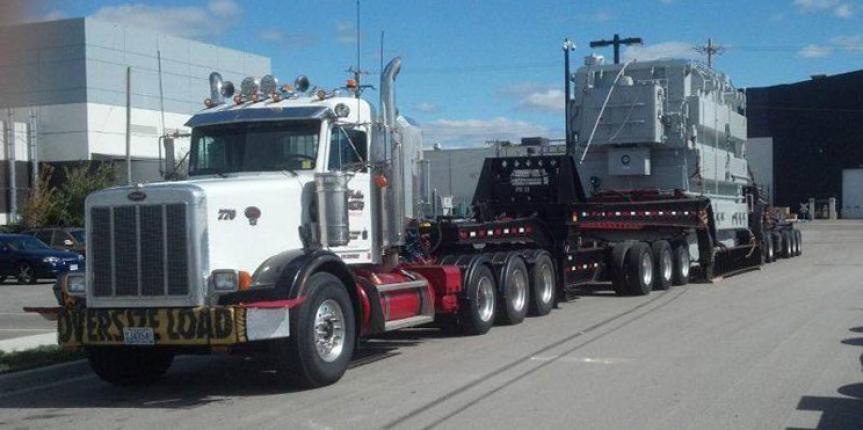
Did you ever customize a to-do list or a plan before doing anything? A perfect plan helps you. I’m every single step you take towards your goal, whether it is studying or starting a new business. Consistently doing your work according to the planning will surely help you achieve your goals perfectly and immediately. This paper is all about customizing plans for truck transport business or trucking business.
According to the OOIDA, a truck business plan should consist of industrial-specific information that explains what it takes to make business profitable and successful. SBA confirmed that the plan for trucker business concludes detail information about several key terms such as:
- Executive Summary
- Company description
- Services
- Market analysis
- Sales and marketing
- Funding request
- Financial projection
We will talk about above mentioned key terms in detail in the next paragraph.
How to gather information required to write a Business Plan?
As I said earlier, A perfect plan is everything to grow your business and to make an ideal plan, you need to have a thorough knowledge of a particular business. Customize a plan requires a lot of expertise whether you join an online class or read books about the business you want to take off. OOIDA and SBA recommend the people who want to start a truck business to familiarize themselves with the basics of finance, accounts, and industrial knowledge.
If you want to learn about finance and accounts, OOIDA provides customize online classes from scratch. For the trucking business, OOIDA offers educational training sessions (business-related). These sessions cover everything about financing and how to write the right truck business plan, etc.
Also Read: Top ways to run a Trucking and Hauling Business Successfully
How to write a Truck Business Plan?
When you garner enough knowledge about the need to write a plan, what are you waiting for? For a business to be well structured and organized, business templates are very useful and important. Using the best business plan templates expedites the process, and you can edit these templates ad per you need. Always remember the guidelines recited by OOIDA while start writing a business plan.
The above mentioned seven key terms are common in writing any business plan, and it is necessary to look thoroughly at each one of them. So let’s dig in details.
1. Executive Summary
These key terms describe the whole overview of your business, whether it is a truck or else. Executive summary plays a very important role in the business plan because the summary is the thing that’s going to attract lots of attention from visitors. The business summary includes basic information about the company’s future plans, financial condition, goals, achievement should be well written, concise, and to the point.
2. Company Description
In this key term of writing the right plan, the company has to describe the company’s main headquarter (i.e., states) your business is registered in, year of incorporation, background, and owner of the company. You can also explain how your company differs from others, company mission and also provides the data of employees and their roles in your company.
3. Services
Services are the key point where a particular company openly adduce itself. What kind of offers and services provide their pricing structure, how these services benefit visitors, and what kind of traffic you want to attract is confined under this section.
4. Market analysis
Market analysis is the most important in the trucking business plan among all the key sections where you can attract lenders and investors with your marketing skills. The market analysis includes the number of competitors, annual revenue that industry generates, information about your particular niche related to truck business, pricing, and margins, etc. In this section, you can analyze your competitors among various factors.
The main objective of sharing a piece of market information is to show that you are knowledgeable enough to understand market trends, market demands, do and don’t to win new business over your competitors.
5. Sales and Marketing
In the sales and marketing section, you will only focus on marketing strategy and sales strategy. As per the saying goes, connecting with the right people at the ideal time and in the correct manner will be an important component of the trucking business’s success.
Once you’ve set up a relationship with others, it will increase the chance of persuasion in individuals to work with you. In this section, you can adduce how you showcase your business via social media, advertising on the website, or by another method and how to develop a customer base. Marketing strategy presents a brief description of your budget plan that only opt for marketing purpose.
6. Funding Request
Funding request is the section where you can describe financing requirements you’ll have to get your trucking business to keep it running at full quality and well versed in future. Be unmistakable as far as the measure of cash flow required throughout the following quite a long while and how it will be used. For instance, you may utilize it to buy a truck and truck hardware, take care of pay rates and tabs, and develop your customer base.
7. Financial Projection
This is the place you’ll present your company’s financial related subtleties, the asset report, profit & loss statement, cash flow records, sales forecast, and it’s capacity to meet its financial targets. Financial projection also includes an initial investment analysis that describes what you have to sell, either a month or a year, to take care of your expenses of working together. Financial projection provides an outlook on how the business relies upon performance throughout the next five years.
